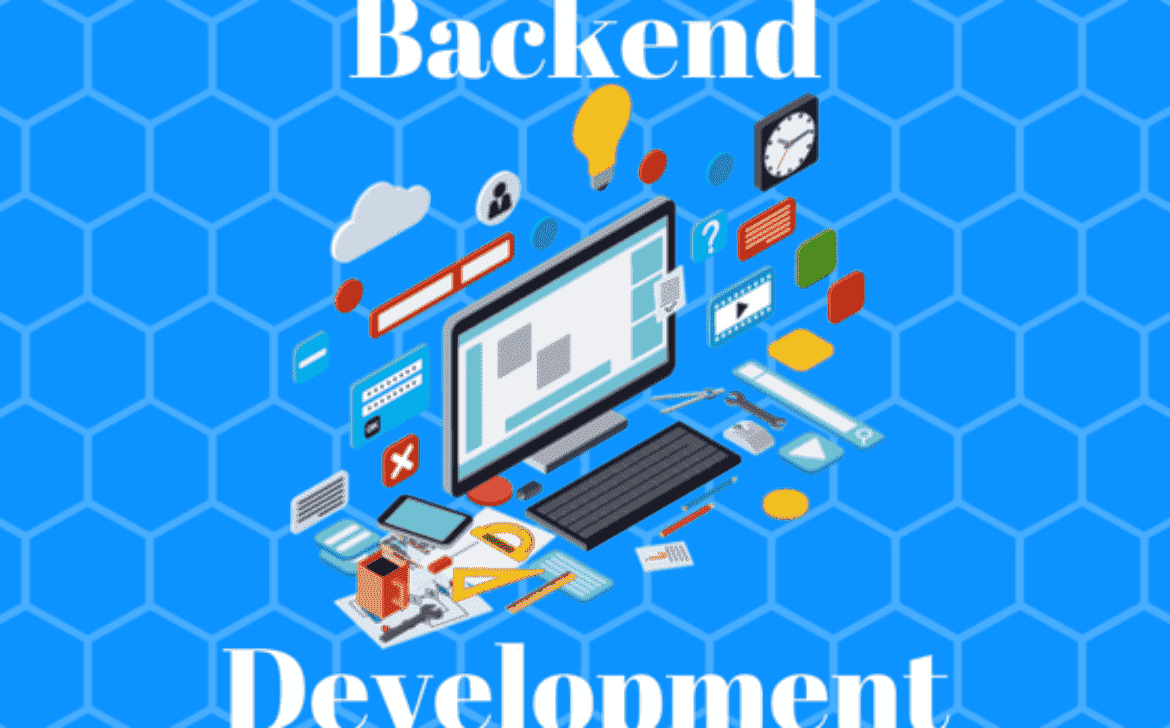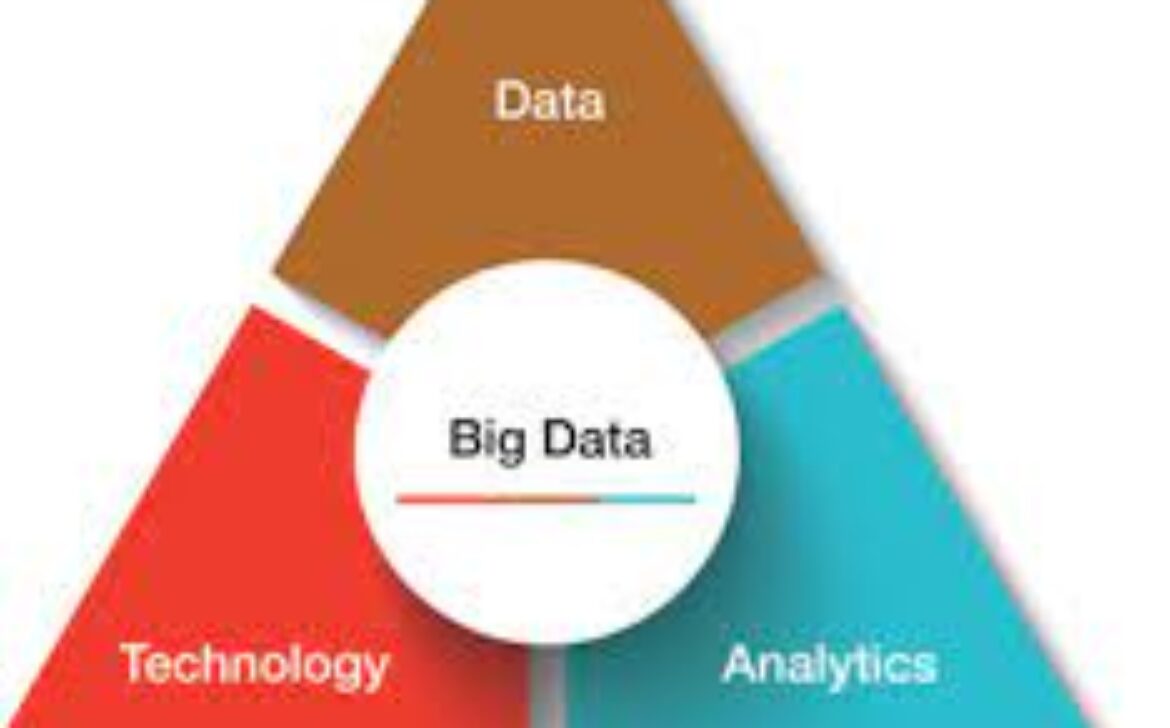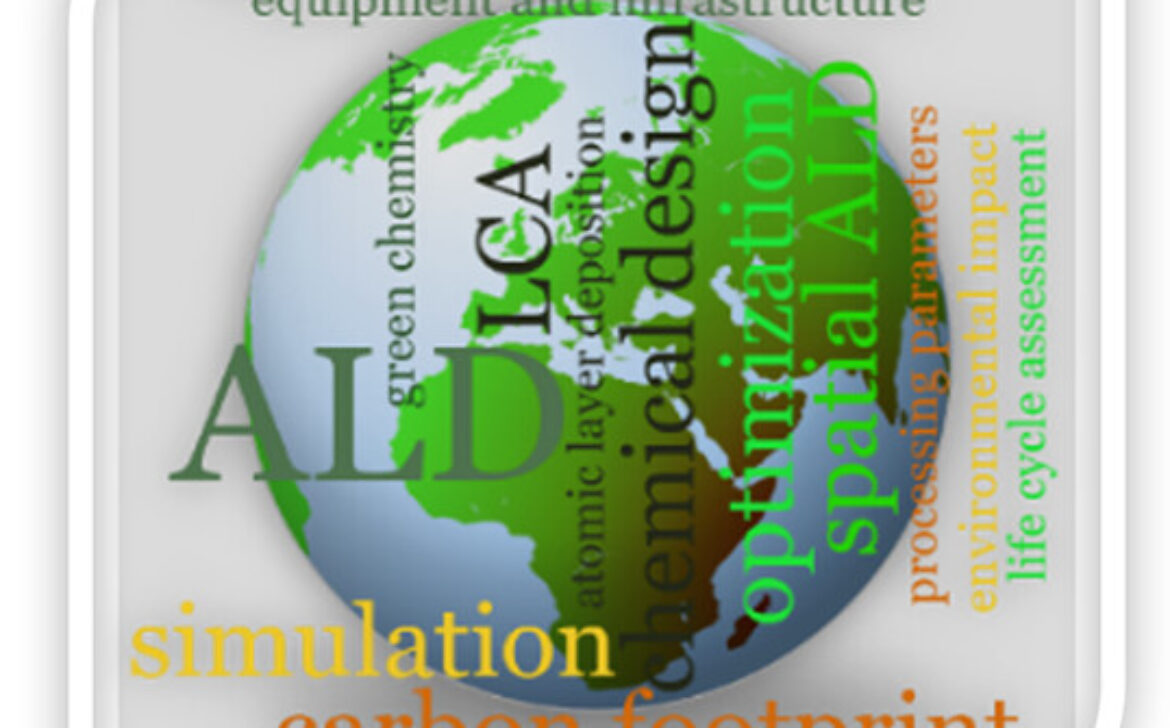Revolutionizing Language Tasks with AI: The Power of Natural Language Processing
In the rapidly evolving landscape of technology, artificial intelligence (AI) has emerged as a game-changer across various industries. One of the most fascinating areas where AI is making significant strides is in language-related tasks. From language translation to sentiment analysis, AI-powered solutions are reshaping the way we interact with languages and breaking down linguistic barriers.

Natural Language Processing (NLP) Unleashed
At the heart of AI’s impact on language tasks lies Natural Language Processing (NLP), a branch of AI that focuses on the interaction between computers and human language. NLP algorithms analyze, understand, and generate human language, enabling machines to comprehend and respond to human communication effectively.
1. Language Translation at Scale
Gone are the days when language translation was a labor-intensive process. AI-driven translation tools are making communication across languages smoother than ever. Machine translation models, such as neural machine translation, have vastly improved translation accuracy by learning patterns from vast amounts of multilingual text. This means that businesses can now expand their reach to global audiences with localized content effortlessly.
2. Sentiment Analysis and Customer Insights
Understanding customer sentiment has become crucial for businesses aiming to provide exceptional customer experiences. AI-powered sentiment analysis tools can quickly analyze large volumes of customer feedback, social media posts, and reviews to gauge public opinion. This empowers companies to make data-driven decisions, enhance their products and services, and build stronger customer relationships.
3. Content Creation and Personalization
AI is not just about understanding languages; it’s also about generating content. AI-driven content generation tools can produce articles, reports, and even creative pieces based on specific prompts. This technology is particularly valuable for marketers looking to streamline content creation processes and provide personalized content recommendations to users.
4. Language Tutoring and Learning
Language learning has traditionally relied on textbooks and classroom instruction. AI is changing this landscape by offering personalized language tutoring. Chatbots and language learning apps powered by AI can provide interactive language lessons, instant feedback, and customized learning paths, making language acquisition engaging and effective.
5. Accessibility and Inclusivity
AI is breaking down barriers for individuals with disabilities. Speech recognition technology, for instance, enables people with mobility impairments to interact with computers using their voice. Additionally, real-time language translation apps empower deaf and hard-of-hearing individuals to communicate more effectively with others.









